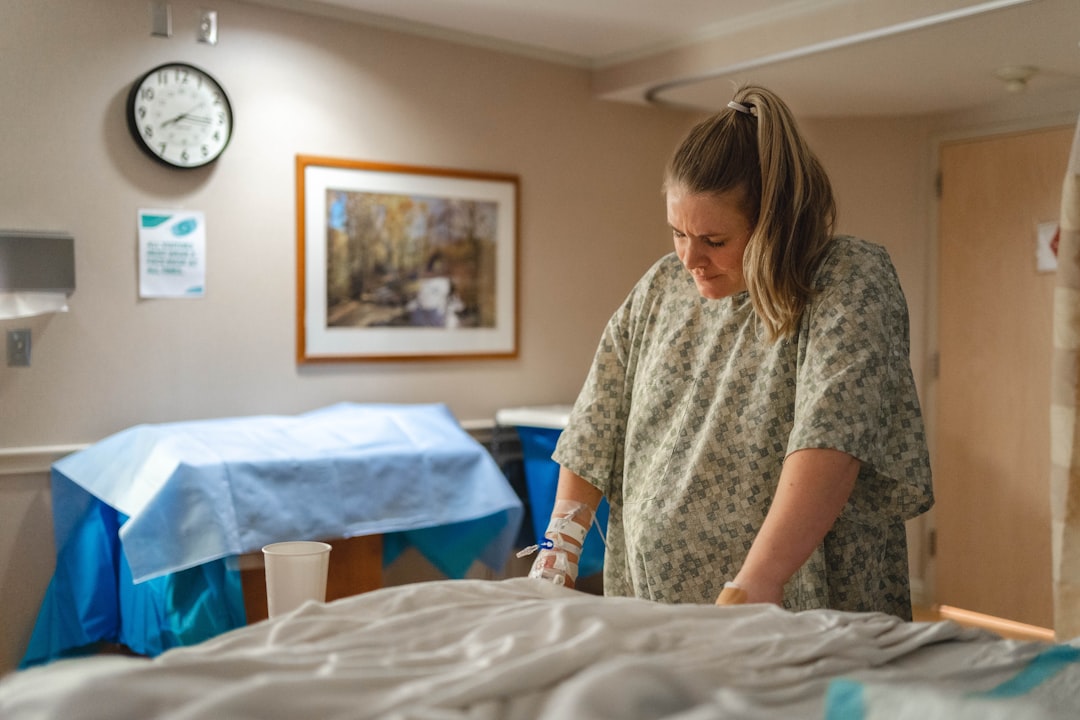What is it about?
My research area of interest is Adolescent Mental Health, specifically in the area of depressive symptoms and the variables leading to depression in adolescents. This study explored perceived stress, bullying, and salivary cortisol samples in a small 9th grade population (30 students). As a nurse, it is important understand these mental health issues because of suicide being the #2 cause of death in this population. The other issue facing adolescents is hormonal changes, daily stress from school, social exclusion, bullying, difficult home situations, and academic achievement. I used a theorist, Bruce McEwen's theory of Allostatic Load as it seems to compliment my study as it relates to stress and how it affects the physical and mental status of an individual at any age. The important key to working with an adolescent population is to have a great support system in the school setting, make the study something that the adolescents are interested in and can relate to, and provide them with a small incentive to participate. I used a gift card to a local smoothie shop. The school nurse was my biggest supporter along with a teacher.
Featured Image

Photo by Ben White on Unsplash
Why is it important?
Adolescence is a time that is critical for adults to understand what is happening in the brain at this tumultuous age. My work filled a gap in that there was very little biological research seen in the literature that was conducted in a school setting. I learned that although the study was feasible in this setting, I needed to have more cortisol samples at more times during the day to make the study more representative of what is going on over the course of a day in an adolescents life. Having an adolescent collect their own samples in the night before coming to school and then the morning of the study before school began would have provided a better picture of the diurnal rhythm of cortisol. Each day we see news of horrible tragedies happening in school settings. It is important to do research as to the trajectories that lead up to issues such as depressive symptoms in this age group. I would ultimately love to see more screenings of depression, anxiety, bullying, and mental health problems in schools as well as on-site treatment for these issues.
Perspectives
This was a successful pilot study where my coauthors and myself learned a great deal about working with a 9th-grade group of students, their teacher, the school nurse, the principal, and the school system in the community. Not all school systems are created equally, and most can be difficult to access, especially to conduct research unless the school system specifically asks for someone to study their issues. This study required parental consent and adolescent assent. Many parents and students needed lengthy explanations so that they understood what would be done with the data and how it may affect their child. Having a good relationship with the school administrators and staff is key. The other big issue is having a plan as to help a school know what to do with the results of a study that evaluates mental health issues. Bullying is also a problem that comes forward in a study such as this. These two issues are a tremendous undertaking to begin to find solutions, treatment, and creating a change in school culture. Many school systems are already overwhelmed with their workload, overcrowding, financial expenses, and opinions about mental health, bullying, and a student's perception of stress in that environment. There is no easy answer as to how to intervene without research to find out where the problems lie. Nurses can be key to progress in mental health assessment in schools.
Associate Professor Susan Gordon Williams
University of South Alabama
Read the Original
This page is a summary of: Relationships Among Perceived Stress, Bullying, Cortisol, and Depressive Symptoms in Ninth-Grade Adolescents, Biological Research For Nursing, January 2017, SAGE Publications,
DOI: 10.1177/1099800416656396.
You can read the full text:
Contributors
The following have contributed to this page










